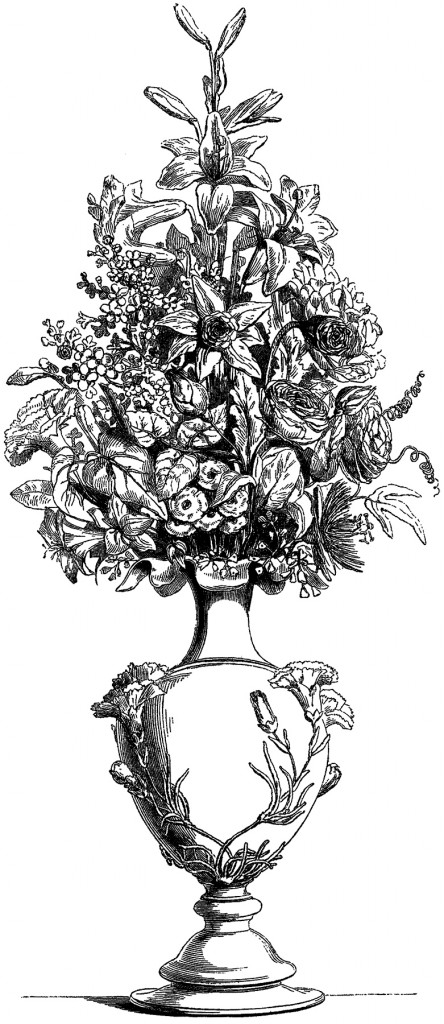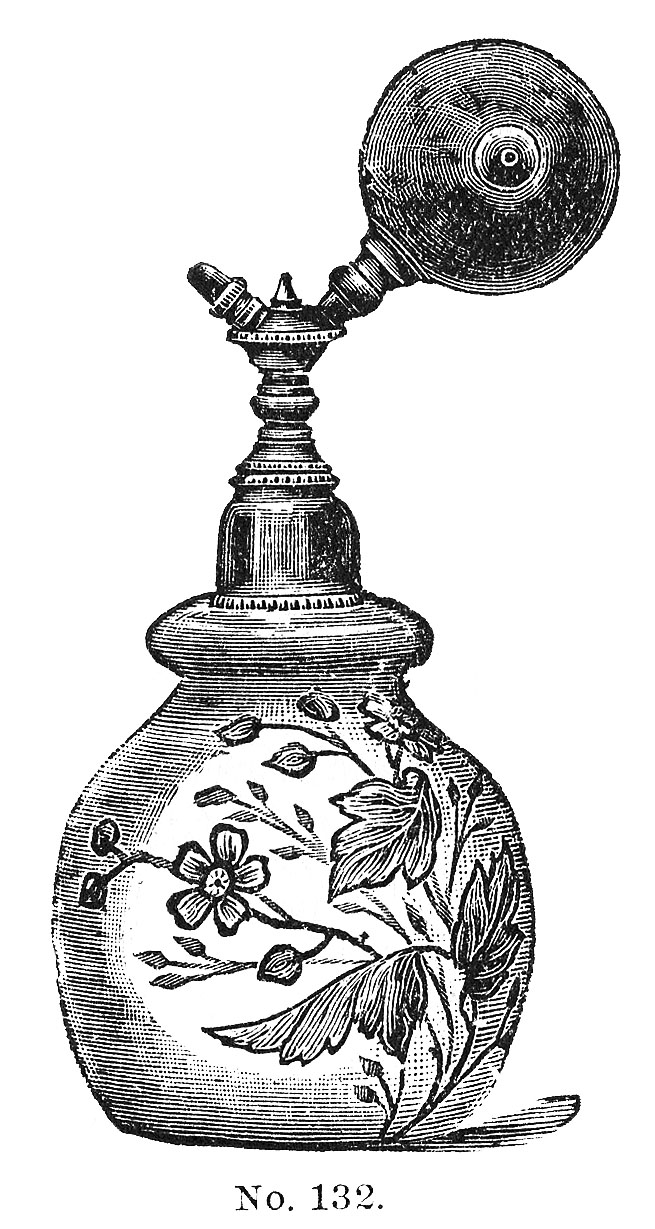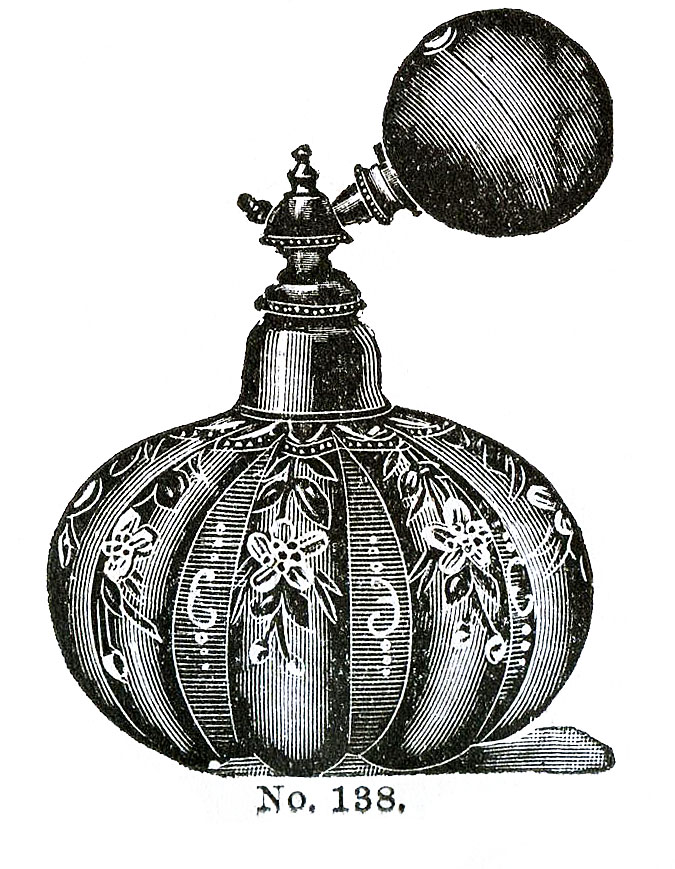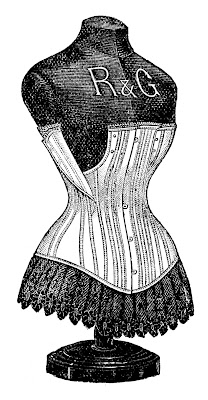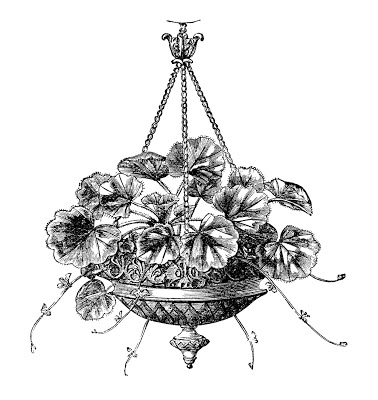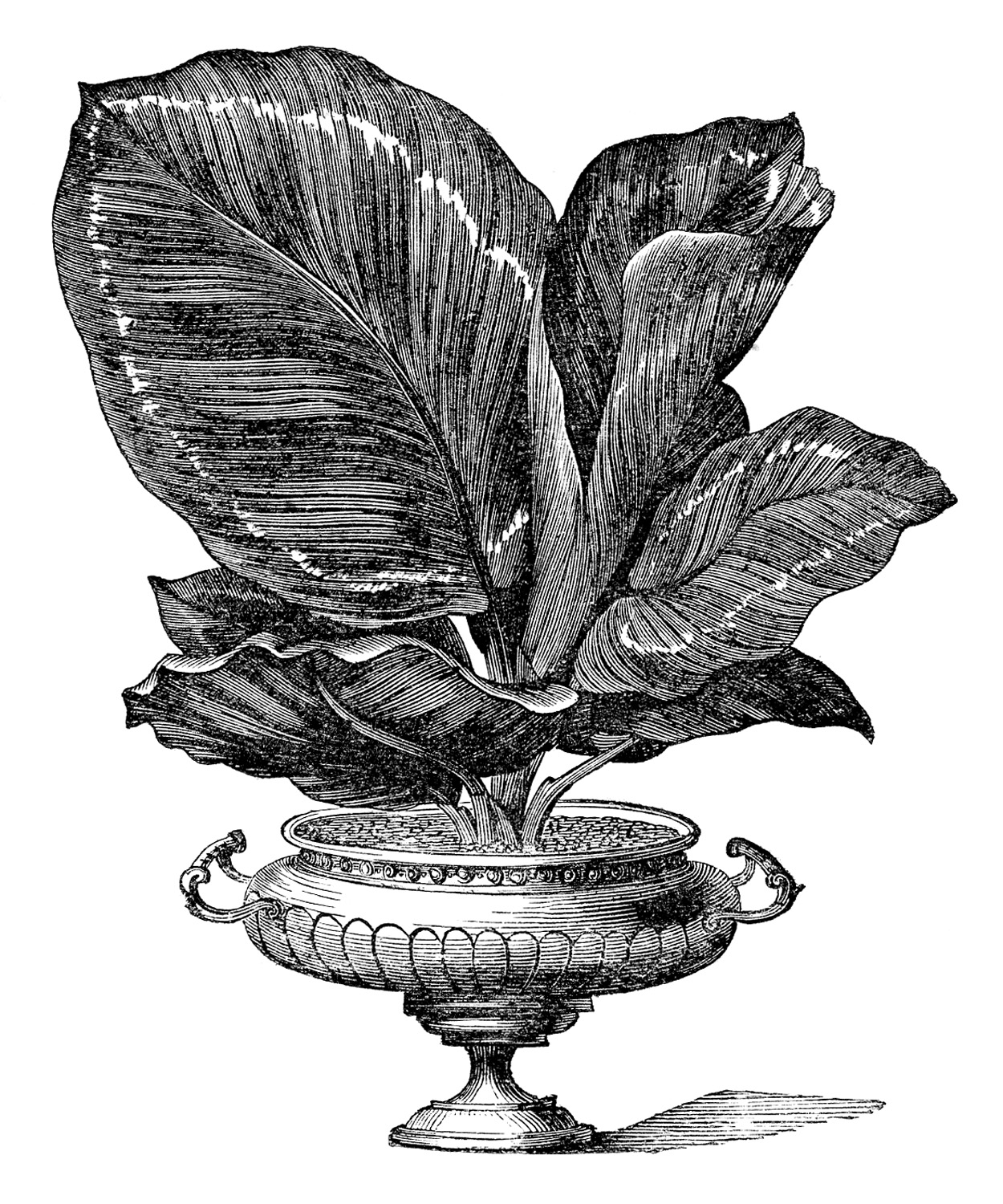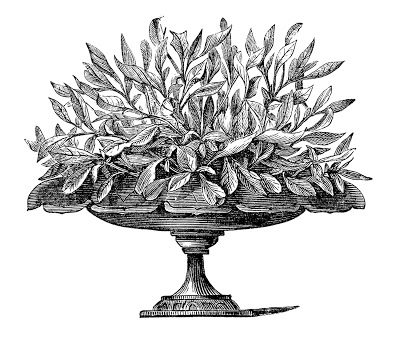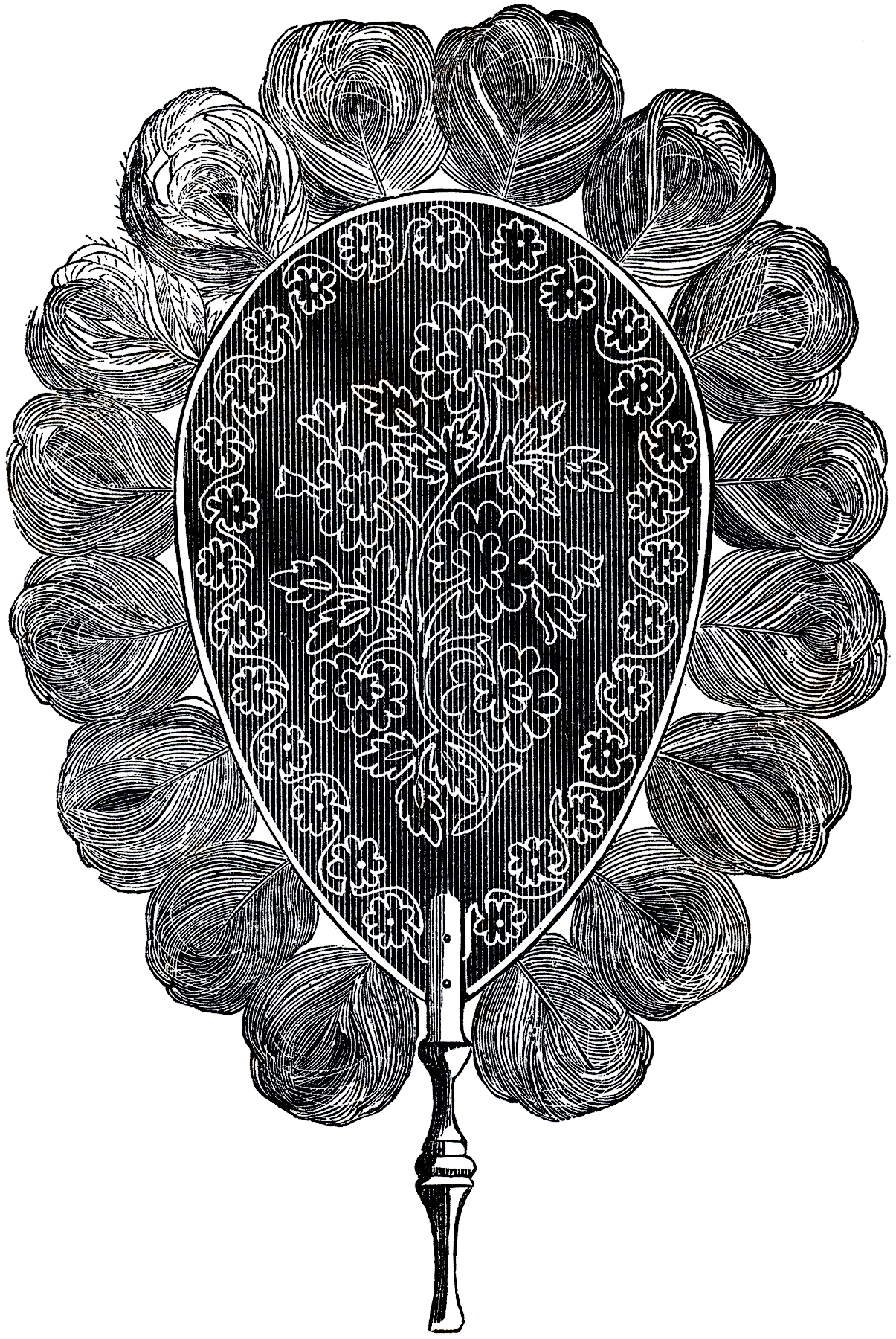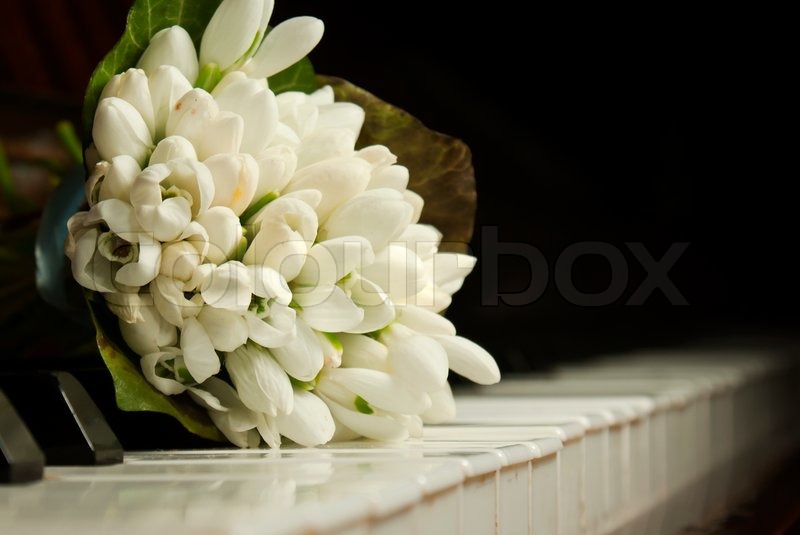 |
| Bouquet of SnowDrops Photo Credit: ColourBox |
Clothed in white kid gloves, likely with a slit in the left finger to facilitate donning the ring, her demure hands held a lace-edged handkerchief and a simple posy of white snowdrops. Though February is the prime season for snowdrops, Victoria likely chose them because they were Albert’s favorite flowers.
.jpg) |
| Queen Victoria's Wedding Shoes Photo Credit: Wikipedia |
As Prince Albert stepped forward to escort Victoria to her seat on the right side of the altar, one might have caught a brief glimpse of her demure wedding shoes. Made of a creamy-white satin and trimmed with bands of ribbon, the flat ballet-like slippers featured ribbons at the instep which were worn tied around the ankles, a popular custom of the time.
Affixed inside the sole of each shoe is a label, perhaps you might consider it a calling card, from Gundry & Sons. As the owner of the Silk Damask blog states, “the label is a proud ‘brand’ of the company, listing (cramming, actually) as many royal clientele as possible into the oval.” {48}
Read Part 11
Read Part 13







